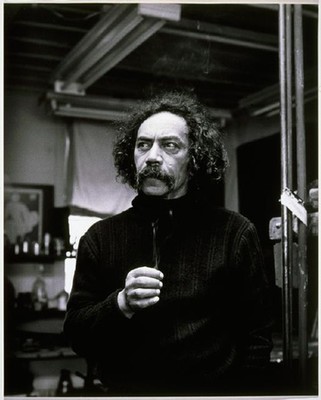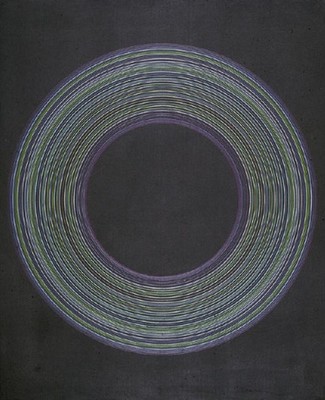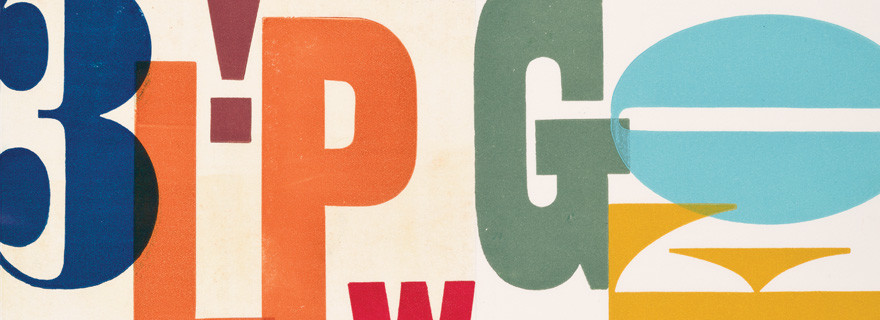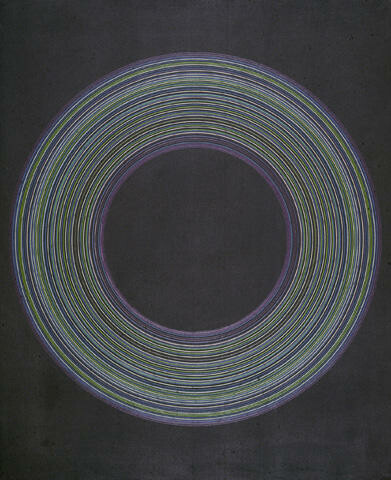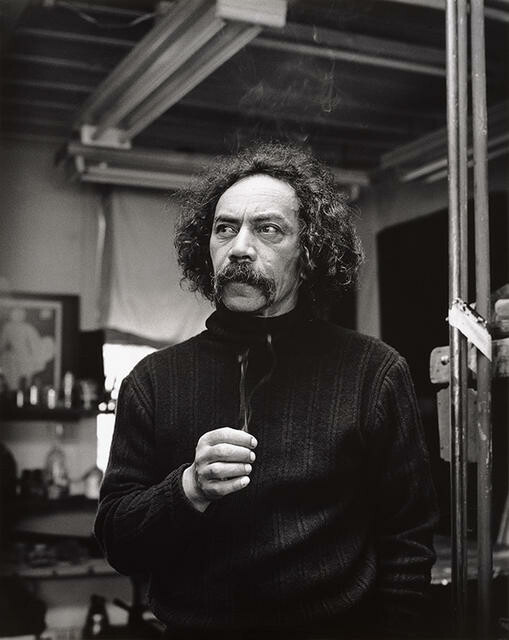Ralph Hotere made his first ‘Polaris’ works in London in 1962, as the world teetered on the brink of war during the Cuban Missile Crisis. The UGM-27 Polaris was the United States Navy’s first nuclear-armed ballistic missile, launched from an attack submarine. In late 1983 / early 1984, with nuclear-powered US ships visiting Aotearoa New Zealand as part of the ANZUS alliance, and the controversial US policy to “neither confirm nor deny” whether they carried nuclear weapons, Hotere returned to this subject with a new sense of urgency. He worked with sheets of stainless steel – rumoured to have been ‘repurposed’ from a Fisher & Paykel factory truck – taking to them with a buffer, grinder and blowtorch to create ravaged surfaces that thrummed with violence. In 1984 No. 9, a missile-shaped form surges up across a delicately scorched paper sheet, countered by Hotere’s ragged, but forceful X. The reversed writing, reflective steel and weathered frame (made by Hotere’s friend, Christchurch artist Roger Hickin) make this ‘painting’ seem more like a mirror – a reflection of our actions and their consequences.
(Te Wheke: Pathways Across Oceania, 2021)
